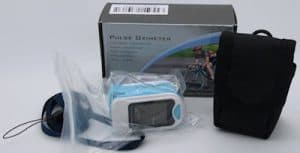
Risk–benefit Ratio In Risk Assessment
In the domains of product design, engineering, manufacturing, and innovation, the evaluation of the risk-benefit ratio in risk assessment plays
Medical devices are instruments, apparatuses, or machines designed for medical purposes, including diagnosis, prevention, monitoring, treatment, or alleviation of disease. They range from simple tools like bandages to complex technologies such as MRI machines, and their development involves rigorous research and adherence to regulatory standards to ensure safety and efficacy. In product design and innovation, medical devices must integrate user-centered design principles to enhance usability and improve patient outcomes.

In the domains of product design, engineering, manufacturing, and innovation, the evaluation of the risk-benefit ratio in risk assessment plays

Besides the usual Medical devices global standards and norms: ISO 13485: Medical devices — Quality management systems — Requirements for

This week: osteoblast-like cell proliferation, osteogenic response, laser-melted Ti6Al4V grids, surface treatments, Mathematical Modeling, Biomechanical Analysis, Derotation Plate, Hip Dysplasia,

This week: simulation-based learning, prompt engineering, AI-driven simulations, medical education, cuticular proteins, insecticide resistance, Anopheles sinensis, deltamethrin, rescue medication, allergic

Neural engineering is a field where neuroscience meets engineering. It aims to create technologies that communicate or improve brain function.

A typical medical device, portable, low cost, LED + indication usage working on batteries. All that shipped to Europe from
{{title}}
{% if excerpt %}{{ excerpt | truncatewords: 55 }}
{% endif %}